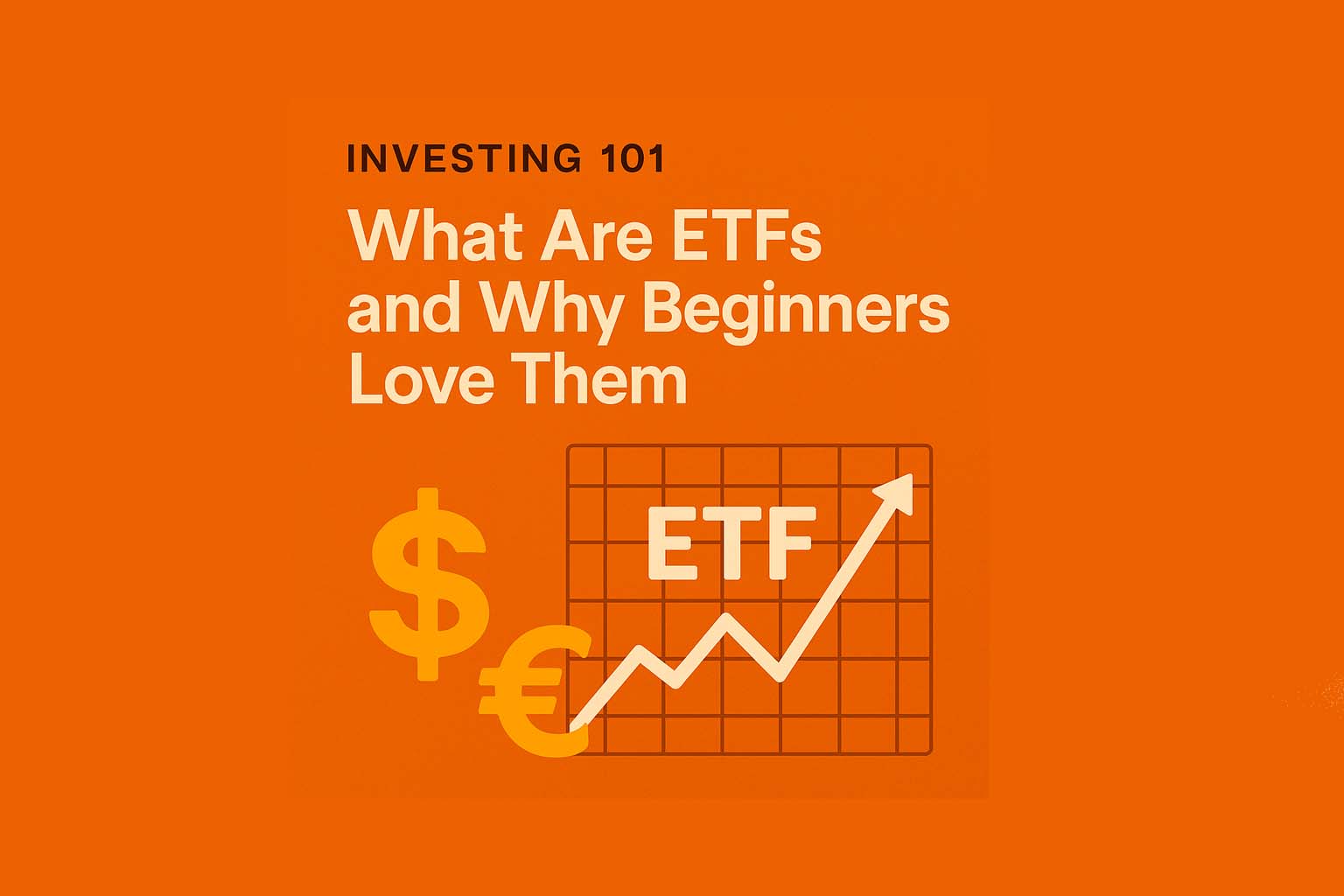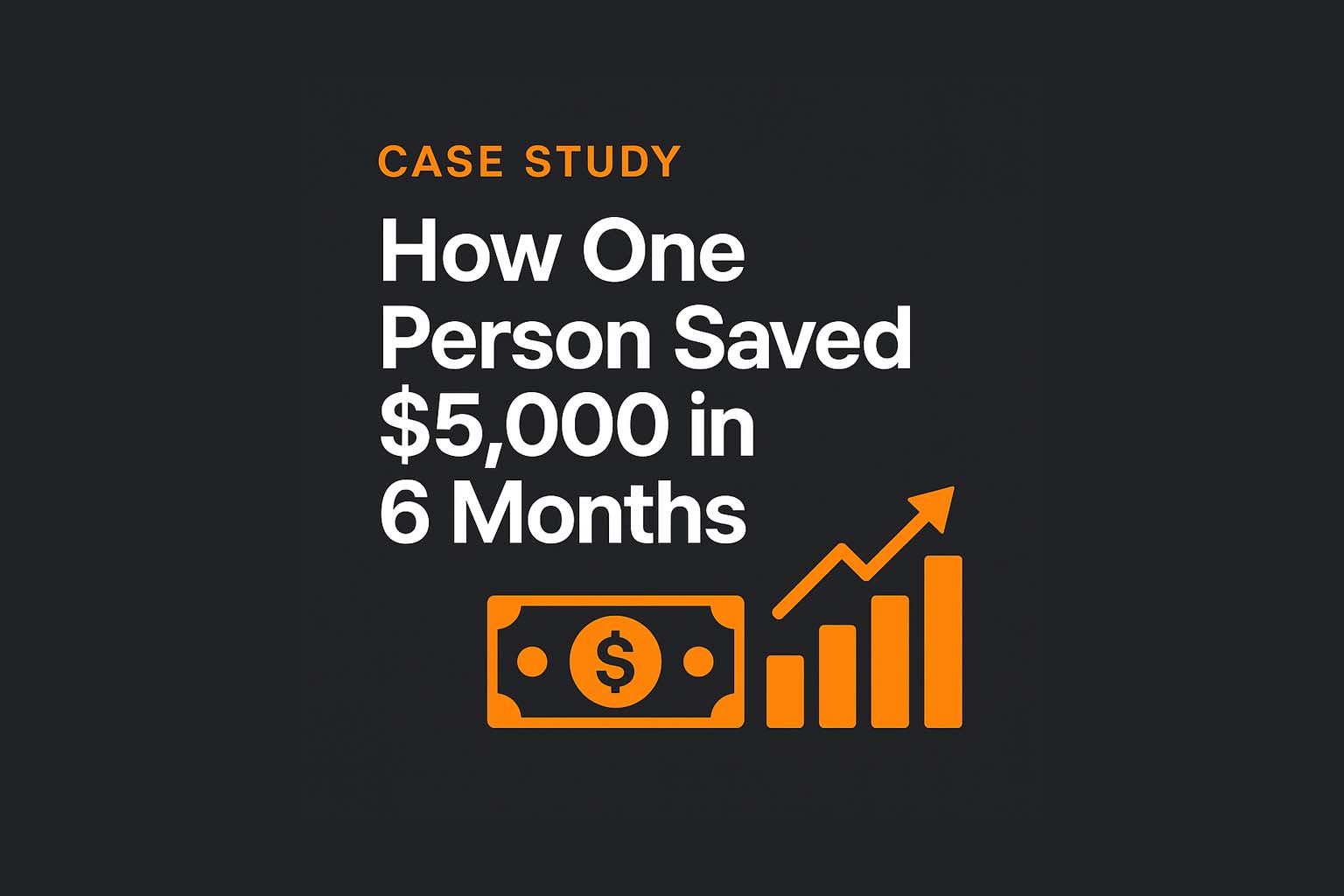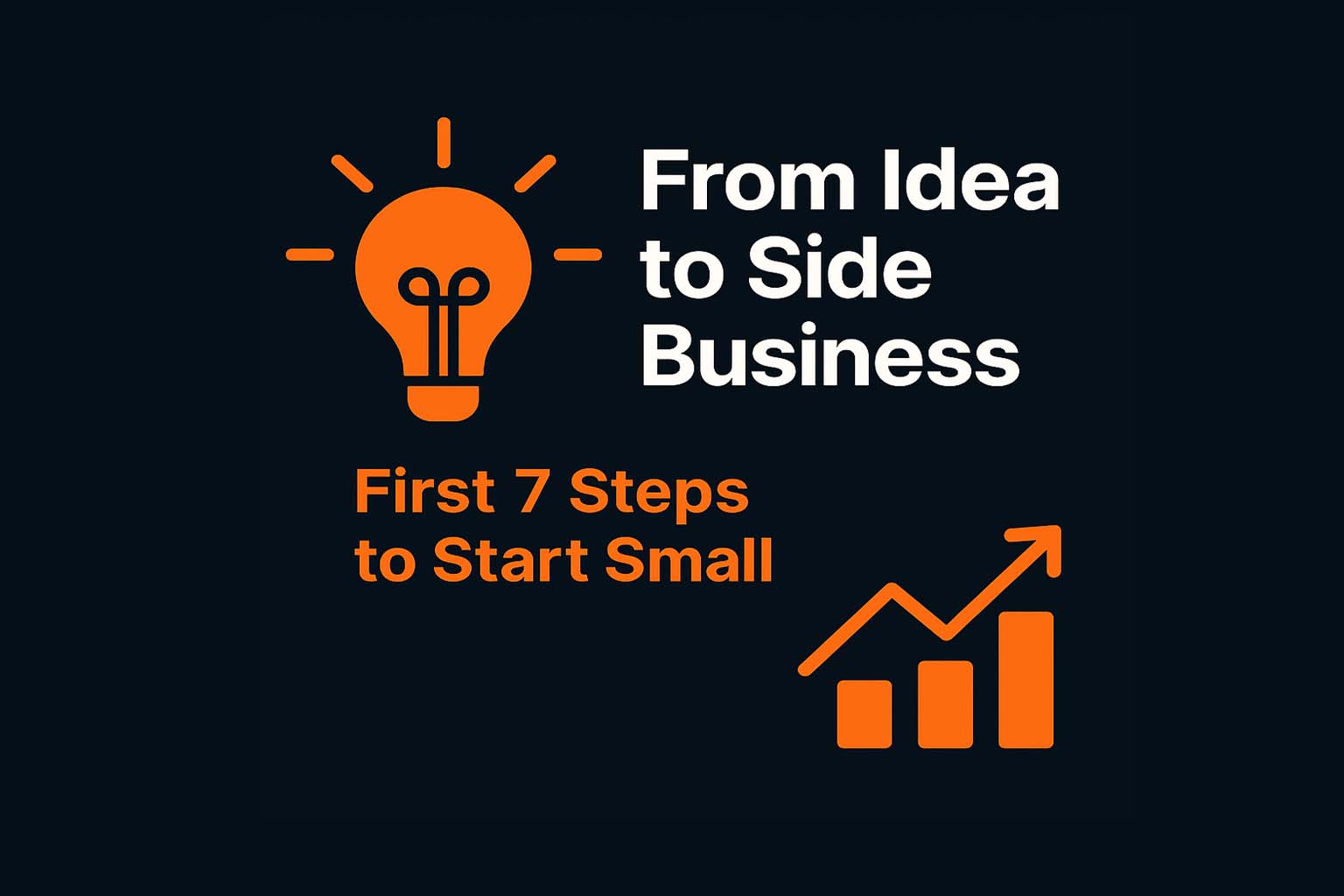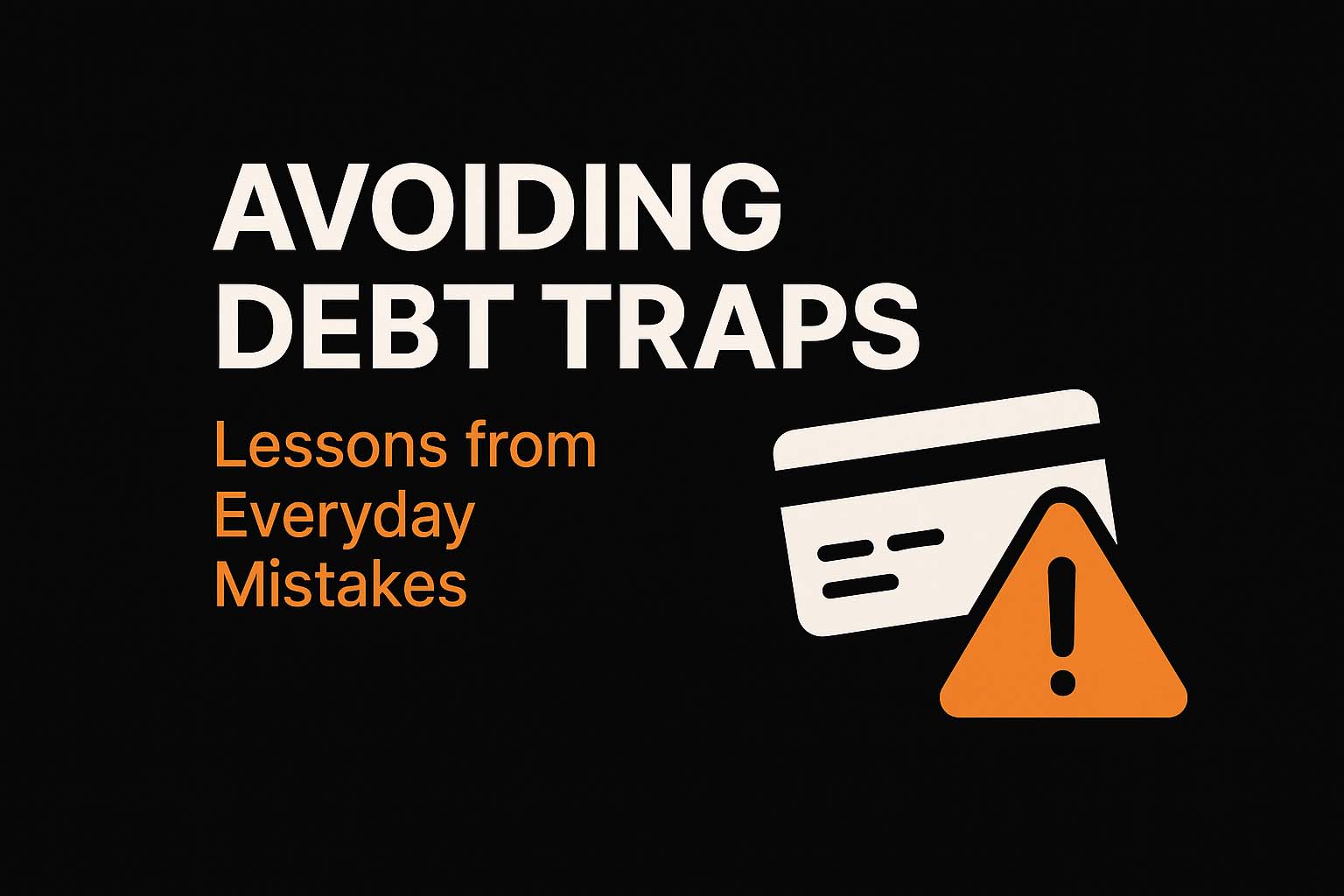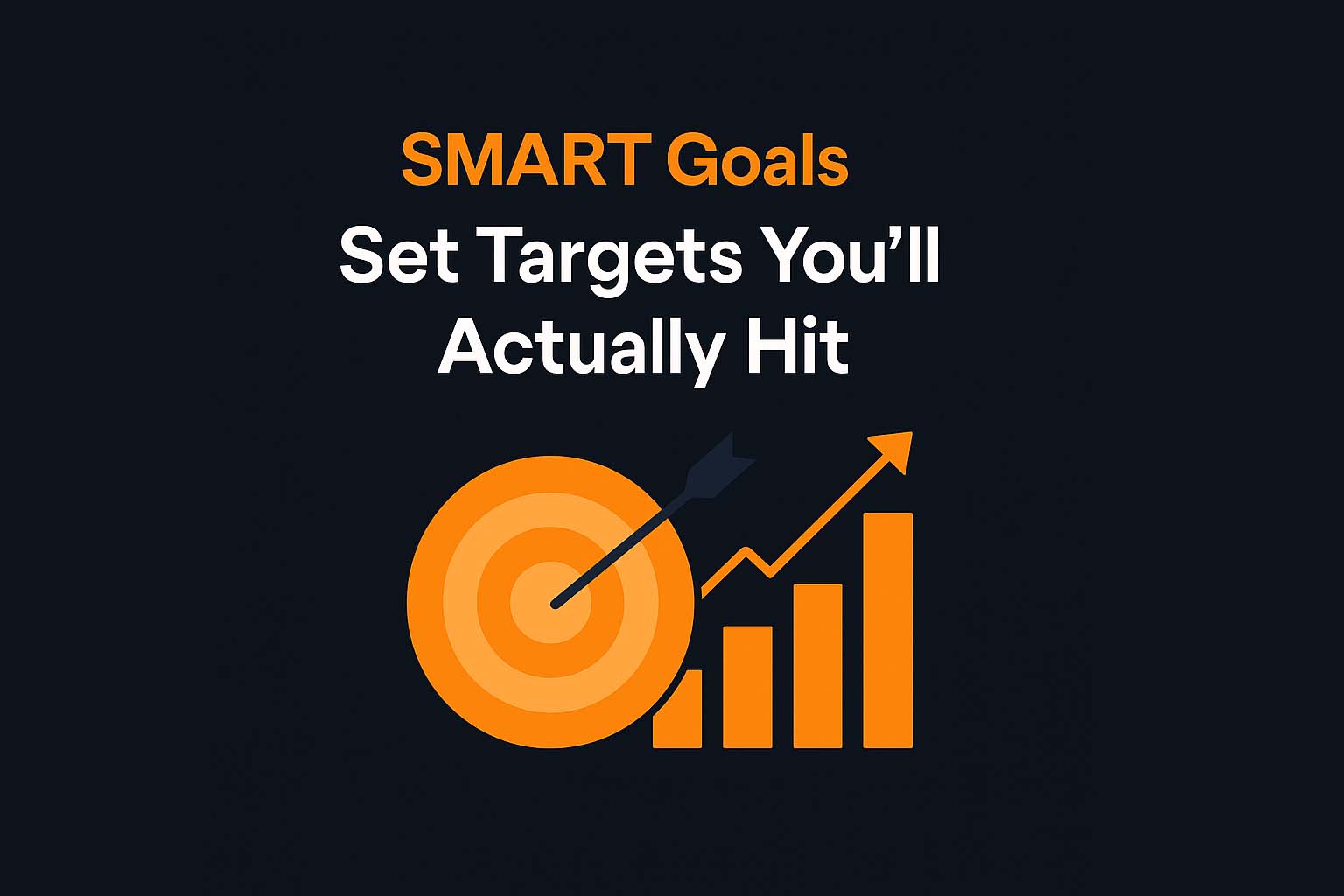Introduction
Investing can feel intimidating for beginners — stocks, bonds, charts, and endless jargon. But there’s one tool that makes it simple: ETFs (Exchange Traded Funds). They’re beginner-friendly, affordable, and designed to give you instant diversification.
What Is an ETF?
An ETF is a “basket” of assets, such as stocks, bonds, or commodities, that you can buy and sell like a single stock on the stock market. Instead of choosing individual companies, you invest in the entire basket.
Key Benefits of ETFs
- Diversification: A single ETF can hold hundreds of companies.
- Low Cost: Expense ratios are usually below 0.2%, meaning you keep more of your returns.
- Liquidity: You can buy and sell ETFs at any time during market hours.
- Flexibility: ETFs exist for nearly every market, sector, and strategy.
Why Beginners Love ETFs
- Simplicity – You don’t need to research individual stocks.
- Steady Growth – Many ETFs track large indexes like the S&P 500, which historically grows over time.
- Accessibility – Most brokers let you start with as little as $10 or €10.
- Automation – Combine ETFs with monthly contributions to grow wealth consistently.
Common Mistakes to Avoid
- Chasing “hot” ETFs without understanding long-term risks.
- Ignoring fees — even a 1% fee eats into your returns over decades.
- Panic selling during market downturns instead of holding.
How to Start Investing in ETFs
- Open a brokerage account (e.g., Trade Republic, eToro, Robinhood).
- Search for ETFs — start with broad ones like the S&P 500 or MSCI World.
- Set up automatic contributions every month, no matter how small.
- Hold long-term — focus on years, not weeks.
Conclusion
ETFs make investing simple and beginner-friendly. With low costs, diversification, and accessibility, they are the perfect entry point for anyone ready to grow wealth steadily.
👉 Want step-by-step investing guidance? Join the Basic Plan and start learning with structured lessons today.
